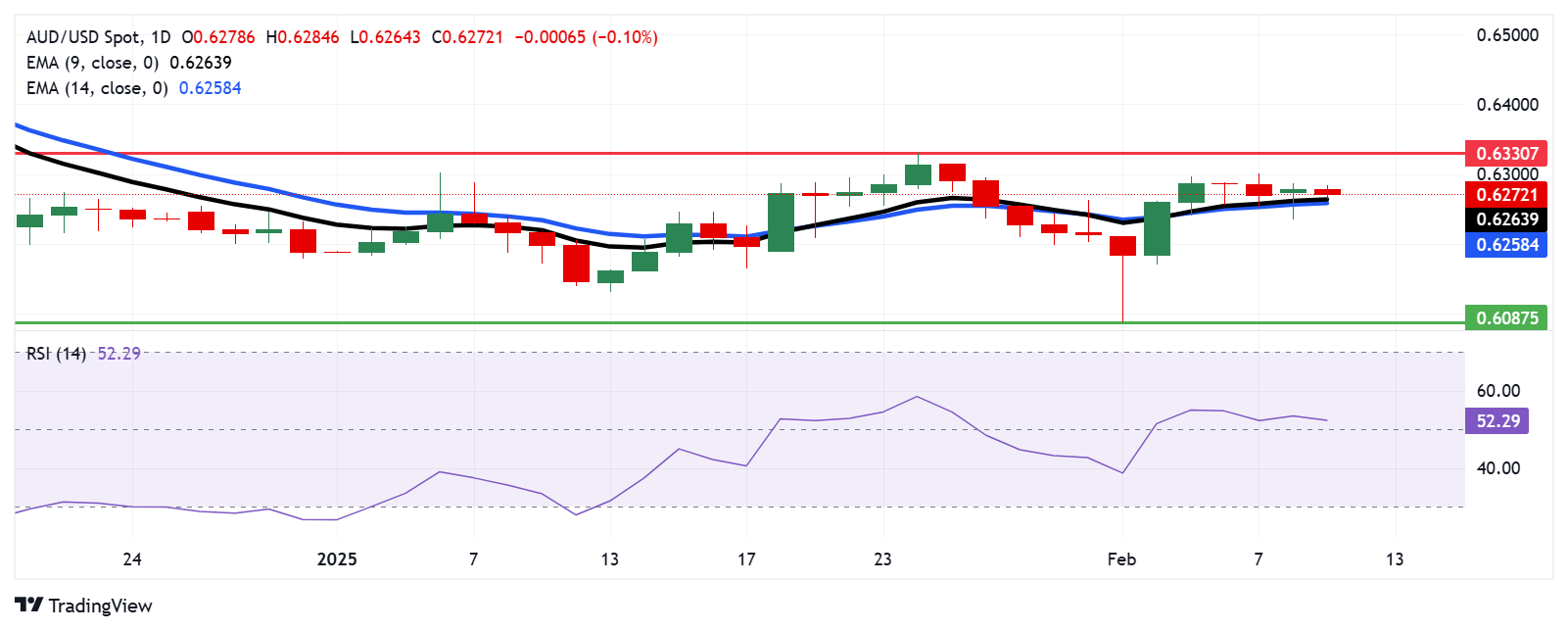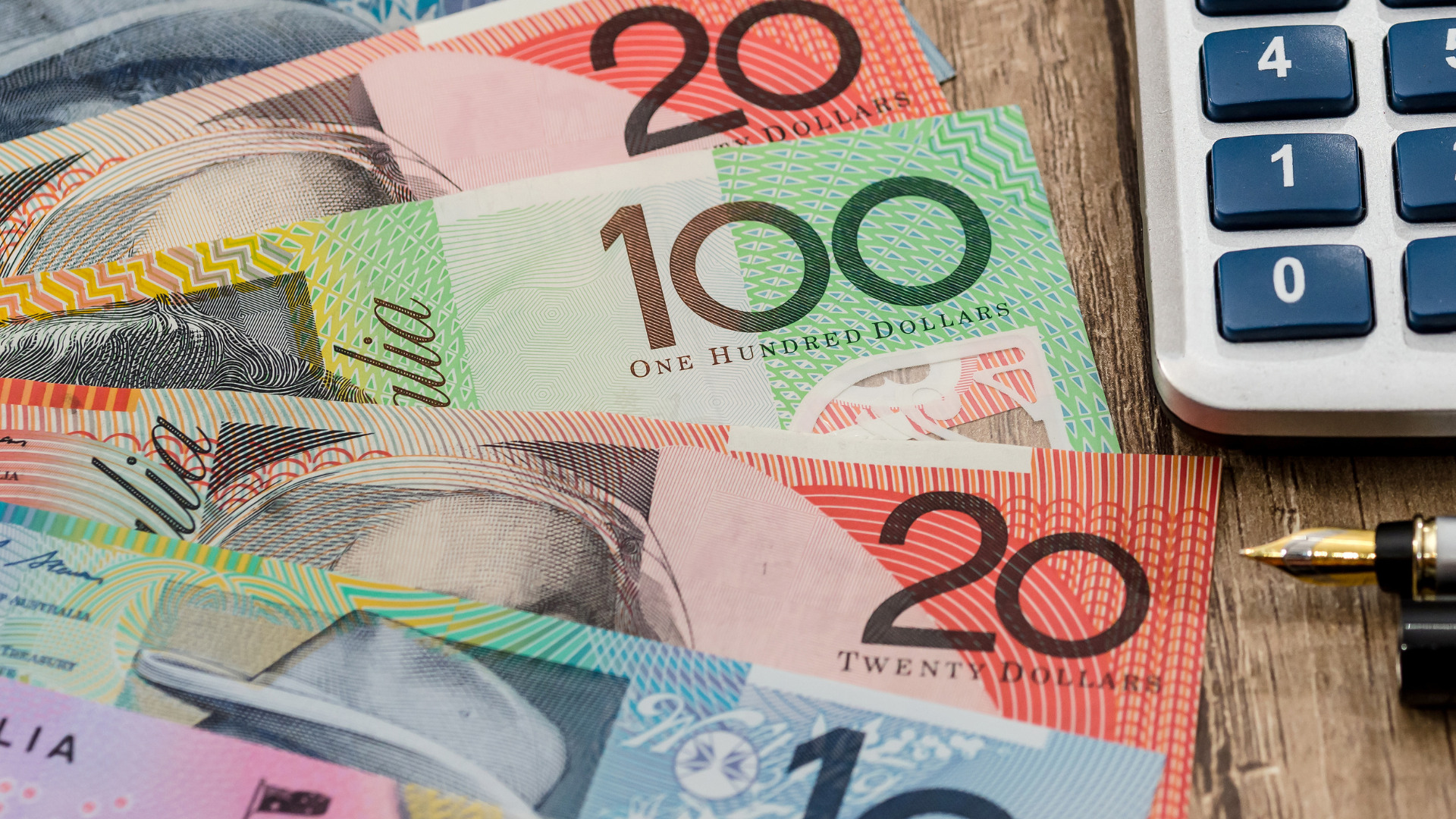The Australian dollar remained largely unchanged on Monday, struggling to gain traction as increased risk aversion swept through global markets following the latest round of tariffs announced by the Trump administration. The move by the U.S. to impose new trade restrictions sparked fears of further economic disruptions, weighing on risk-sensitive currencies like the Aussie.
Investors flocked to safe-haven assets, with the US dollar and yen benefiting from the uncertainty, while the Australian dollar faced headwinds amid concerns about the global trade outlook. As one of the most sensitive currencies to global trade dynamics, the Aussie has been vulnerable to the ebb and flow of geopolitical tensions.
The tariffs, particularly on key imports, have heightened fears of retaliation from major trade partners, especially China. This has led to a decline in risk sentiment, which has put pressure on commodity-linked currencies like the Australian dollar, which is heavily influenced by exports, especially to China.

AUD/USD 1-D Chart as of February 11th, 2025 (Source: TradingView)
Despite a mixed economic outlook for Australia, market participants remain cautious, avoiding making aggressive moves ahead of further developments in trade negotiations. The currency’s lack of significant movement reflects the uncertainty surrounding the future trajectory of global trade, with traders holding back from placing large bets in either direction.
Technically, the Australian dollar faces resistance around key levels as it consolidates within a narrow range. Should risk sentiment worsen, the Aussie could experience further downside, particularly against the backdrop of a stronger US dollar and global market instability.
Looking ahead, analysts expect the Australian dollar to remain volatile, with any fresh developments in U.S.-China trade relations or global risk sentiment likely to shape its near-term direction. For now, the Australian dollar seems poised to stay on the sidelines until clearer signals emerge.













